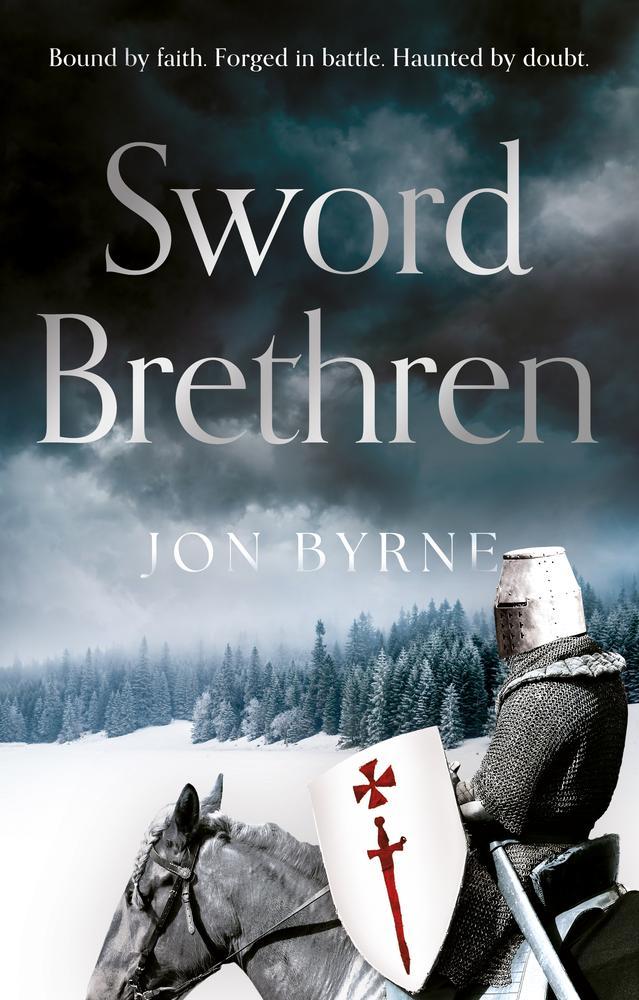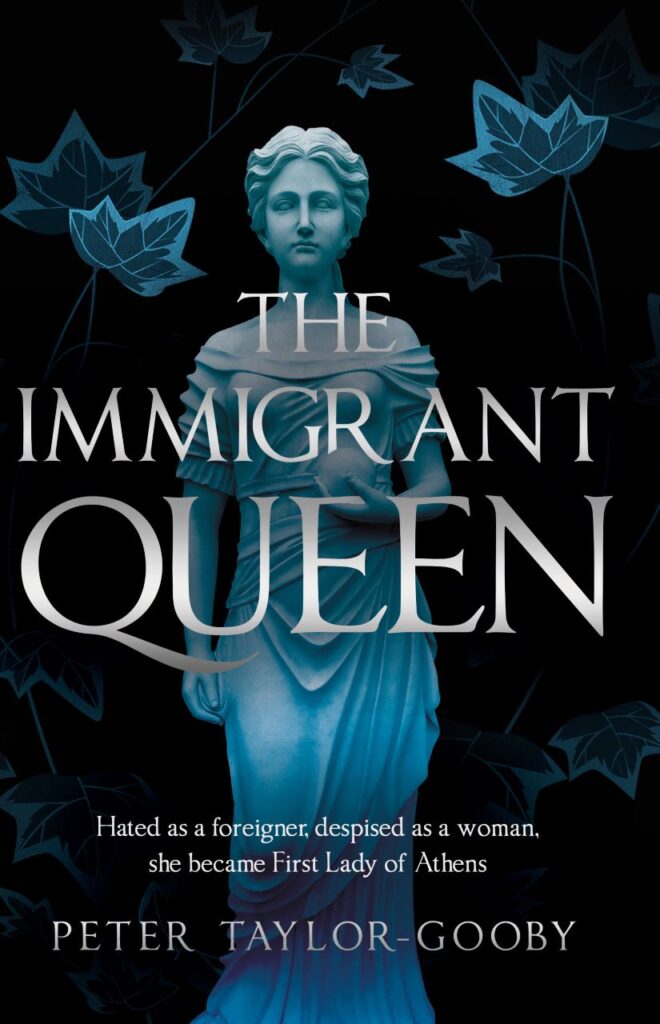Historical Fiction for Teens: A Genre Guide
Melissa Rabey aptly describes the task of defining teen historical fiction as “like nailing Jell-O to a wall.” Can historical fiction for young adults be defined on the same terms as adult historical fiction? Should the genre’s priority be to educate or to entertain? Are historical inaccuracies permissible in the effort to engage a younger audience? Pinning down this subset of an already slippery genre is no easy feat, but it’s a challenge Rabey is ready to take on in her useful and expansive survey Historical Fiction for Teens: A Genre Guide.
Rabey’s critical introductory chapter is all too brief, but it does touch on some important questions. Rabey’s discussion of the tension between historical accuracy and engaging plot is particularly relevant, though I would have liked to see more on the history of historical fiction, the use of historical fiction in school curricula, and cultural and ethnic gaps in the genre. Rabey whets our appetites for such discussions, but raises more questions than she answers.
This volume covers over 300 historical young adult novels published between 1975 and 2010, with a few older classics thrown in. Brief summaries of each book are provided, along with keywords, suggested grade levels, and awards. Profiles are separated into chapters on “World History” and “History of the Americas,” with separate chapters on the subgenres “Historical Mysteries,” “Historical Adventures,” “Historical Fantasy,” and “Time Travel.” While I appreciated this division, I thought that the distinction of “Historical Adventures” was unnecessary, and that “Historical Fantasy” and “Time Travel” could easily have been combined. Instead more space and attention might have been devoted to untangling the morass of settings and time periods included in Chapter 2, which covered “traditional” historical fiction in the entire Eastern Hemisphere. While subdivisions were provided for different continents and periods, these section headings were hard to locate on a casual skimming, and separation into multiple chapters would have made many of the titles in this group easier to find.
Despite some confusion in the layout, however, Rabey offers excellent coverage of the genre. Rabey’s choice to include novels with settings up to the 1970s allows for the inclusion of books on Vietnam and other more modern historical episodes that are often covered only briefly – or overlooked altogether – in history curricula. She also offers a good selection of novels with less-popular settings such as Africa and the Middle East. If I occasionally wondered at some of her omissions (why not include all of the Newbery-winning historicals?), much of this ground was made up in the useful resources chapter and appendices. Overall, this guide provided an excellent overview of the genre, and will prove useful to teachers, librarians, YA authors, and anyone else with an interest in historical fiction for teens. I know I encountered many new titles to add to my reading list!










